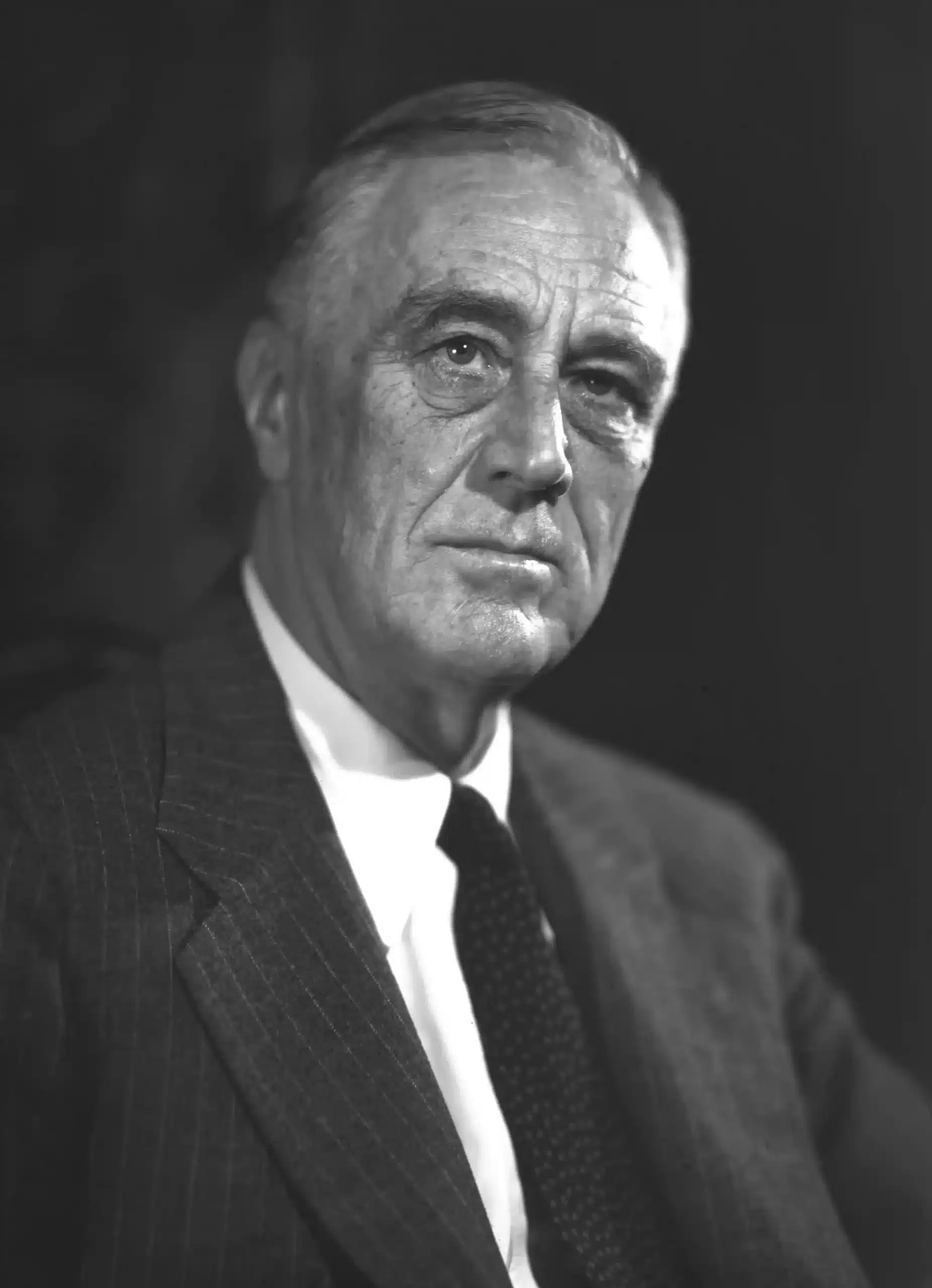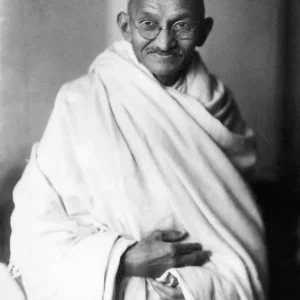Franklin D. Roosevelt, the 32nd President of the United States, is celebrated for his transformative leadership during the Great Depression and World War II. His New Deal programs reshaped American government and society, providing relief, recovery, and reform to a nation in crisis. Roosevelt’s legacy as a visionary leader and architect of the New Deal continues to influence American politics and policy.
Early Life and Family
Birth and Background
Franklin Delano Roosevelt was born on January 30, 1882, in Hyde Park, New York, into a prominent and wealthy family. His parents were James Roosevelt I and Sara Delano Roosevelt. Roosevelt’s early life was marked by privilege and access to excellent education, setting the stage for his future political career.
Education and Early Career
Roosevelt attended prestigious schools, including Groton School and Harvard University, where he graduated with a degree in history. He later studied law at Columbia University but left without completing his degree. In 1905, he married Eleanor Roosevelt, his fifth cousin once removed, and they had six children together.
Political Career
Early Political Life
Roosevelt entered politics in 1910, winning a seat in the New York State Senate as a Democrat. His political career gained momentum when President Woodrow Wilson appointed him Assistant Secretary of the Navy in 1913. Roosevelt served in this role during World War I, gaining valuable administrative experience.
Governor of New York
In 1928, Roosevelt was elected Governor of New York, where he implemented progressive policies to combat the economic challenges of the Great Depression. His success as governor set the stage for his presidential campaign.
Presidency and the New Deal
Roosevelt was elected President in 1932, during the depths of the Great Depression. His first 100 days in office were marked by the implementation of the New Deal, a series of programs and reforms aimed at providing relief to the unemployed, recovery of the economy, and reform of the financial system. The New Deal included initiatives such as Social Security, the Civilian Conservation Corps (CCC), and the Tennessee Valley Authority (TVA).
World War II and Legacy
Leadership During World War II
Roosevelt’s presidency also encompassed the challenges of World War II. He led the nation through the war, working closely with Allied leaders to defeat the Axis powers. His leadership helped to establish the United Nations and set the stage for post-war reconstruction.
Death and Legacy
Franklin D. Roosevelt passed away on April 12, 1945, during his fourth term in office. His legacy as a transformative leader and architect of the New Deal continues to shape American society and government. His vision for a more equitable and just society remains a guiding principle for future generations.
Conclusion
Franklin D. Roosevelt’s impact on American history is profound. His New Deal programs and leadership during World War II have left an enduring legacy. Roosevelt’s vision and determination continue to inspire leaders and citizens alike, reminding us of the power of government to bring about positive change.


